The biggest problem for those who question the strength of timber construction is fire. Perhaps it should be mentioned that wood does not burn by itself, but has to be put in the situation of catching fire in order to burn. In the event of a fire, it is not the walls that will burn first, but the things in the house - furniture, textiles, electronics and appliances - which are the same regardless of the material the house is made of. Wood has been used as a building material since ancient times and people continue to use it for its qualities. It's a warm, pleasant material that you fall in love with as you get to know it. Modern wooden houses, which make more use of industrialised versions of wood, are increasingly fire safe too. This is helped by the fireproofing of the building materials, which makes the wood hard to ignite and the fire spreads very slowly, without smoke and toxic gases. I want to talk to you today about such a fireproofing solution - Bochemit Antiflash - a 3-in-1 solution, including insect-fungicide protection. But first, a little about fireproofing, the rules in force for treated wood and the symbols found on fireproofing product labels.
Fireproofing of wood and timber construction
Fireproofing is the process by which a material, in our case wood, is treated with substances that increase fire resistance, slow the spread of fire and reduce smoke emission. So the purpose of fireproofing is to make the wood more fire resistant and slow down the burning so that people inside can be saved and firefighters have time to respond. The treatment is done with special substances. In the past, the substances used had good fire-retardant qualities, but when they caught fire, they released toxic gases. These substances have been replaced by much less aggressive ones. Their purpose is to reduce the energy of the fire, to provide local thermal insulation so as to prevent overheating or even to block certain sensitive centres in the wood structure. The most commonly used substances are silicon compounds, boron or alkali carbonates.
How to do the fireproofing treatment
The treatment can be done before the wood is used in construction or after the construction has been completed. Wood treatment can be applied under vacuum or pressure in special autoclaves or by immersion, spraying or brushing. Wood in completed constructions is treated by spraying or brushing. However, the resistance over time is less than that of a treatment by immersion or autoclave. It is therefore recommended to re-treat at a time interval recommended by the manufacturer. For fireproofing to be effective, the treated wood must not have a moisture content higher than 15%. There are also sources that say 18%, but most ISU-recognised companies that do fireproofing do not recommend more than 15%. The application of fire retardants is done at an ambient temperature above 5ºC and humidity below 70%.
Certified flame retardants. Symbols specified on labels
There is a wealth of legislation, both European and national, governing the fire behaviour of building materials. It is difficult to mention all the laws and regulations that have appeared, so I will focus on a few that are considered the most important. Decision 2000/367/EC lays down the performance classes of materials for fire performance. As far as national legislation is concerned, Law no. 307/2006, Law no. 212/1997, OG no. 114/2000 are worth mentioning. There are also a number of regulations concerning the use of fireproofing materials and the testing of the fireproofed product.
Among the most important European standards are EN 13823 - Reaction to fire of building materials, EN ISO 11925-2 - Determination of ignition behaviour of building materials in contact with flame and EN 13501 - Burning behaviour of materials. The latter has 2 parts: EN 13501-1 Reaction to fire and EN 13501-2 Resistance to fire. Since 2010 every compound marketed as flame retardant must be classified according to EN 13501-1. It establishes 3 directions:
- Fuelability. In terms of combustibility, there are 6 product classes, graded A to F. Classes A, B and C are higher classes. Class A refers to materials that do not support combustion at all (concrete, basalt), so does not refer to wood, a combustible material. Class B is the highest class in terms of fire resistance of fireproof wood.
- Smoke emission. There are 3 product categories: S1 - very low or no smoke release, S2 - medium smoke release, S3 - very high smoke release.
- Drop of fire. It refers to the release of burning particles that can start other fires when they fall on unprotected materials (textiles, furniture). Here too there are 3 categories: d0 - no fire particles detach for 600 sec, d1 - detach but do not burn for more than 10 sec, d2 - detach and burn for more than 10 sec.
For a fireproofing product, combustibility is the last of the 3 because the danger to people inside is paramount. Smoke and burning particles can affect those inside before the fire itself. Therefore, a product with resistance C - S1, d0 is better than A - S3, d1.
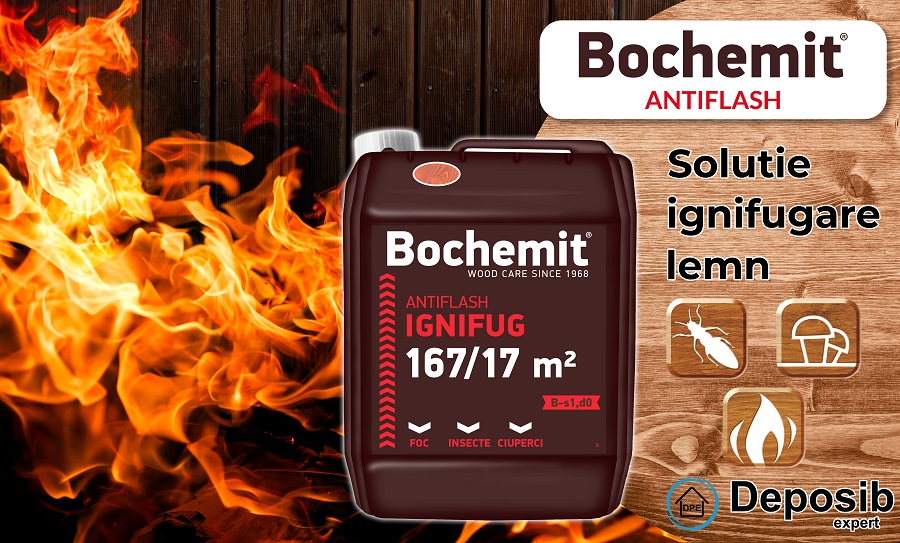
Bochemit Antiflash - 3-in-1 flame retardant material - protects against fire, insects and fungi
Perhaps the introduction was a bit long, but now you will more easily understand the classification of Bochemit Antiflash B - S1, d0 (used undiluted). Class B, as mentioned above, is the strongest class when referring to wood. The minimum allowable fire resistance for fireproof wood is 120 min in this class. Of the fireproofing materials we found on the market it is the only one in this resistance class. The others are in class C. Bochemit Antiflash, diluted 1:1 with water, goes into class C, the other characteristics remain the same (S1, d0).
Bochemit Antiflash is a 3-in-1 product that protects wood against fire, insects and fungi (tested according to EN 113, EN 73, EN 46). The active substance that protects against insects and fungi is highly concentrated, being the only fire retardant on the Romanian market that gives wood such a high resistance to mould and decay. In the Bochemit range there are also antiques for treating wood and products for preventing insect and fungal attack. You can find information about them here and here.
Bochemit Antiflash is a concentrated flame retardant solution in which the active substance is boric acid. Unlike other flame retardants based on boron salts, it does not need dilution with hot water. Products based on boron salts need to be diluted with warm water and present a danger of recrystallisation at lower temperatures. This can lead to very unsightly white stains on wood. Bochemit Antiflash is liquid from the concentrated phase and does not present the danger of recrystallisation and white spots on wood.

Bochemit Antiflash is technically approved by the Romanian Ministry of Regional Development and Public Administration and endorsed by the ISU, and is recommended for industrial and professional treatment of wooden building materials and other wooden products inside buildings. Approval has been given for all application methods - brushing, dipping and spraying. It is sold in Romania by Deposib Expert and authorized distributors, produced by Bochemit, part of the Czech group Bochemie which has 115 years of experience in the chemical manufacturing industry. The Bochemit division was formed in 1968 and specialises in the production of products for the treatment and protection of wood.
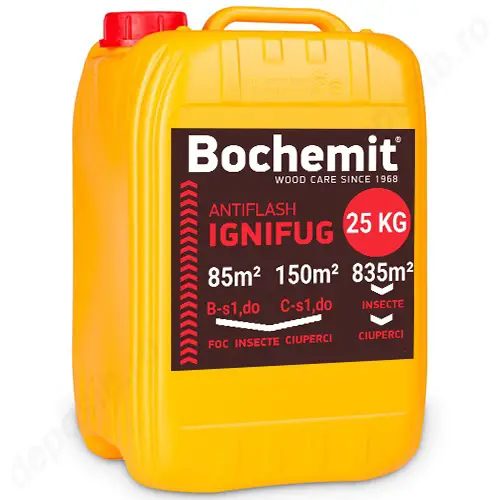
How to apply Bochemit Antiflash
For flame retardant treatments 100% can be used as such or diluted. If only insect fungicide treatments are used, the product is diluted 1:9, but in this case the flame retardant properties are lost. Apply directly to wood by brushing or spraying and the number of coats applied depends on the absorbency of the wood. The next coat is applied after the previous one has dried (between 4 and 24 hours, depending on the temperature and humidity of the working environment). In principle, 2-3 coats are sufficient for normal absorption in wood. Application can also be done by dipping or vacuum/pressure impregnation. The moisture content of the wood should not exceed 15%. The lower the moisture content, the better the absorption of the wood preservative into the wood. For a protection class B - S1, d0 the undiluted product is used and a quantity of 300 g/m² must be applied. Diluted 1:1 with water and applied 250 g/m², the product is class C - S1, d0.
Bochemit Antiflash is available colourless or brown coloured. With the latter, wood can also be stained in a pleasant walnut colour, along with protection against fire, insects and fungi. The colourless version gives the wood a slight yellowish tinge. The product is intended for professional use and the operator must wear protective equipment. It has a very good resistance over time, but for outdoor, weathered wood it is still recommended to check the effectiveness of the treatment every 10 years. In terms of insect and fungal protection, it is unlimited in time.
Bochemit Antiflash is sold in 5, 15, 25 and 60 l plastic containers and, on request, in 600 l containers.
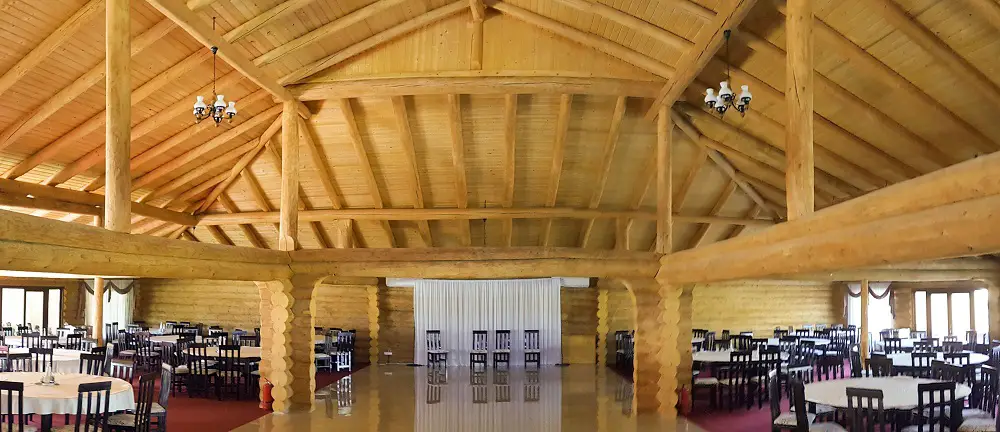

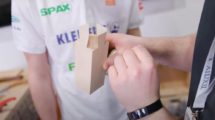
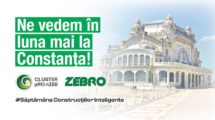



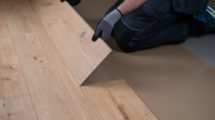







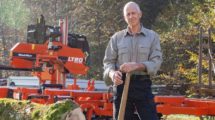


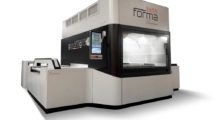
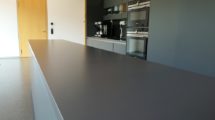


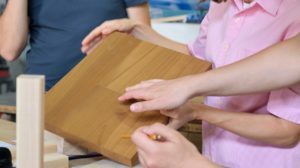
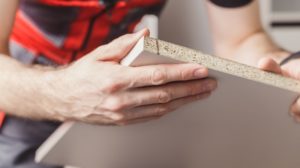
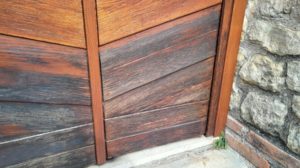
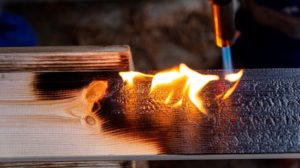

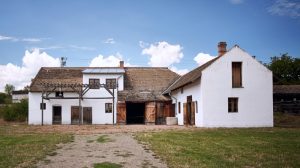
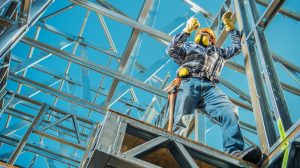
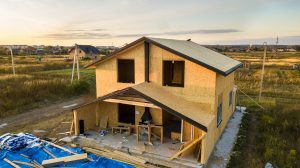

Here it depends on how toxic it is.
I for one would not fireproof the wood in my house, because I would poison the people in it. But rather I would put smoke sensors linked with a fire extinguishing system.
Hello
Can fireproofing be done after the house is finished?
Hello!
Yes. It can. Apply the treatment to exposed wood. If it is in the structure, covered by plasterboard, it is not necessary because the boards are fireproof.
The treatment is more effective if the wood is not covered with other material (varnish, paint) and absorbs very well. If applied over these materials, it is recommended to retreat after 3 years.